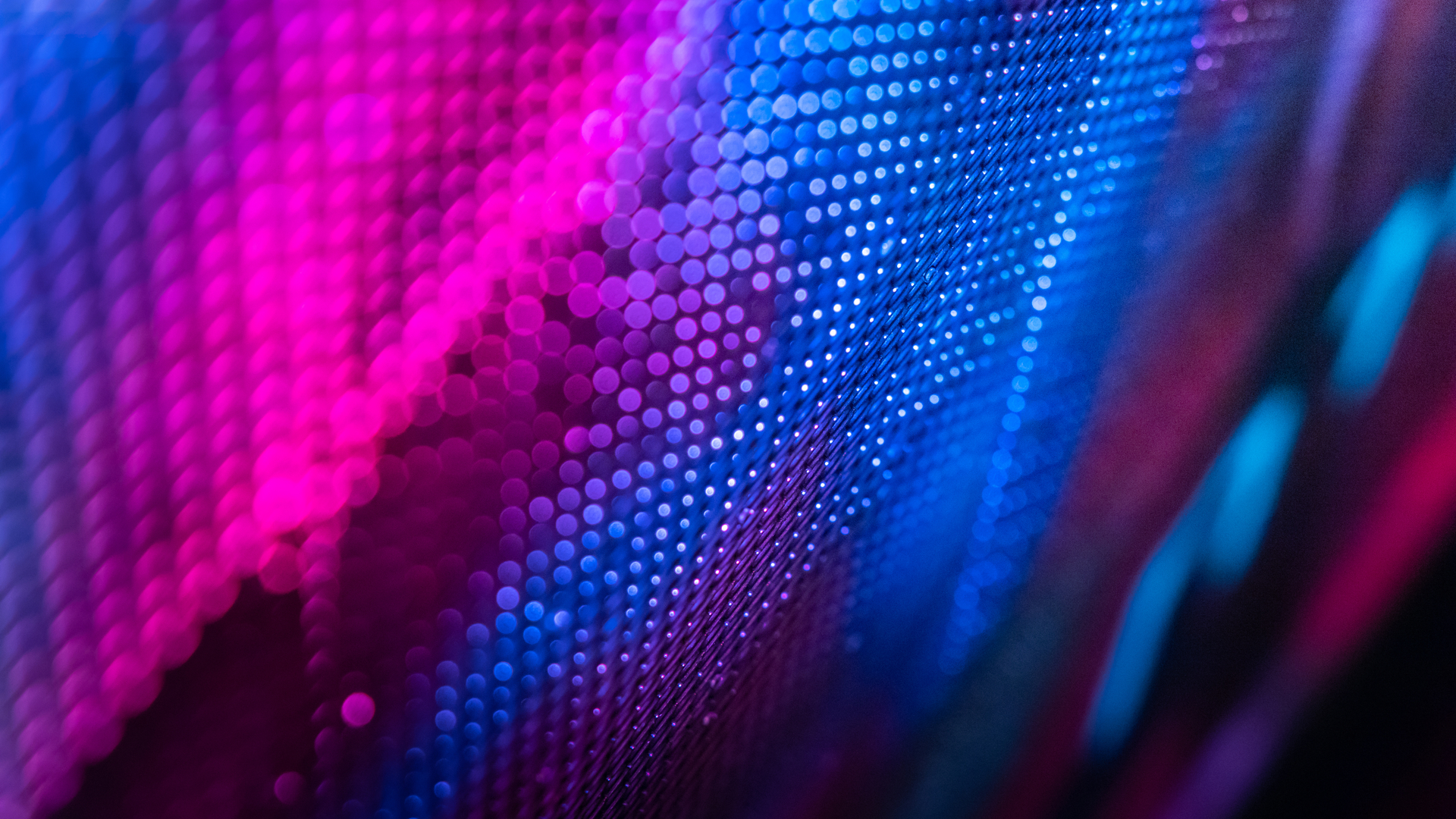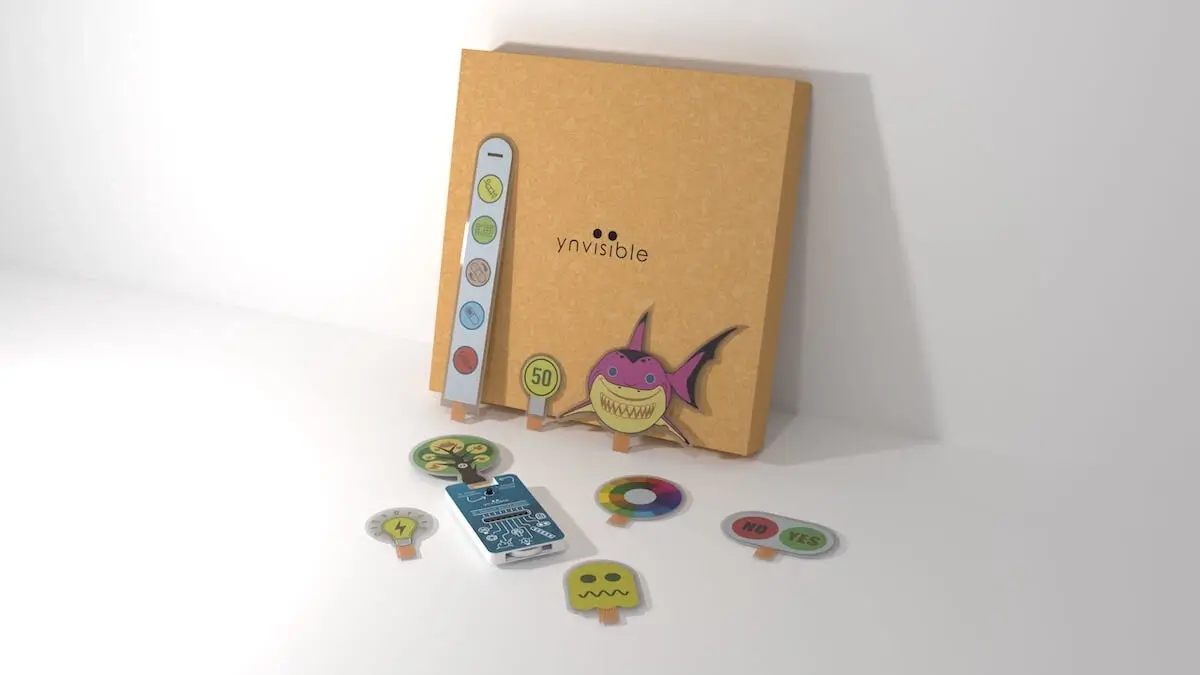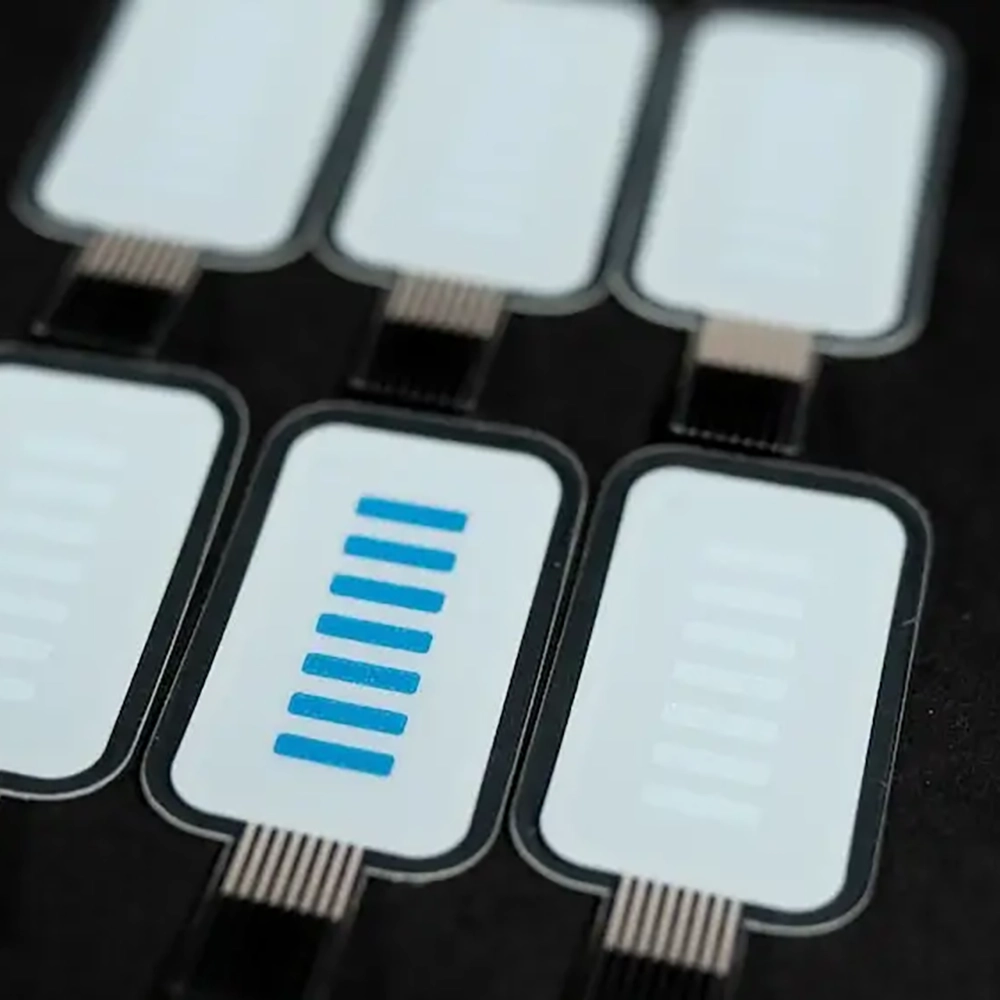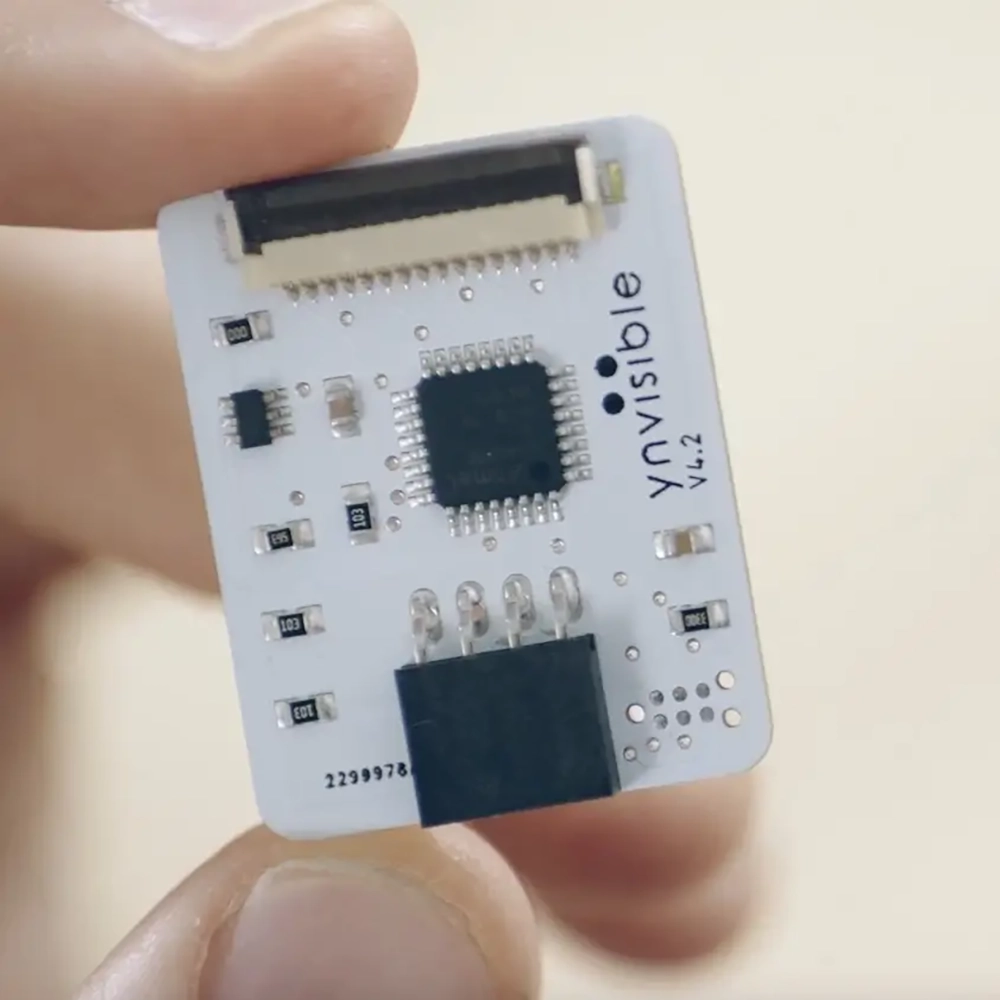
E-Paper Displays
ULTRA LOW POWER SEGMENTED DISPLAYS
MOST ENERGY-EFFICIENT DISPLAYS ON THE MARKET
ULTRA-LOW-POWER SEGMENTED DISPLAYS TAILORED TO YOUR NEEDS.
We are Experts in printed electronics and mass-producers of customized segmented displays based on innovative electrochromic technology, unlike LCD, LED, or EPD.
THIN & FLEXIBLE WITH ENDLESS DESIGN FREEDOM
We have seen enough ugly segmented LCDs and LEDs. The time has come to try something more visually appealing. Experiment with different shapes, forms, and colors.
COST-EFFECTIVE PRODUCTION
Choosing our electrochromic displays will reduce cost at both the component level and the system level. Roll-to-roll screen-printing processes mean ultra-low-cost mass production.
Evaluation Kits
Segment E-Paper Display Kit 5.2
$90.00
Evaluate the ultra-low-power, thin and flexible printed e-paper displays. Each e-paper display kit contains different display designs, a manual display driver, and an e-paper display driver with an I2C interface.
Display Components
BAR GRAPH DISPLAY – PACK OF 3
$16.00
7-segment bar graph electrochromic e-paper display with a typical segment layout. This product comes in a pack of 3 and is compatible with the other products in our E-paper Store.
DOUBLE-DIGIT DISPLAY – PACK OF 3
$16.00
Double-digit electrochromic e-paper display with a typical 7-segment layout. This product comes in a pack of 3 and is compatible with the other products in our Store.
SINGLE-DIGIT DISPLAY – PACK OF 3
$16.00
Single-digit electrochromic e-paper display with a typical 7-segment layout. This product comes in a pack of 3 and is compatible with the other products in the Ynvisible Store.
Driver Electronics & Accessories
16-Pin Adapter
$16.00
The Adapter enables you to delve deeper into the possibilities of driving the display and connect it to your existing system with little or no additional components. The Adapter has a 16-pin ZIF connector that is compatible with all displays in the Segment Display Kit. Our display can be connected directly to most microcontrollers.
ADAPTER GUIDECLICKER – MANUAL DISPLAY DRIVER
$21.00
The Clicker is an intuitive device for simple on/off operations using two buttons. It comes with a built-in 3V coin cell battery. No matter your level of expertise you will be able to use this device.
CLICKER GUIDEE-Paper Display Driver
$32.00
Dedicated Ynvisible e-paper Display Driver with I2C interface. Compatible with development boards, such as Arduino, and comes with an Arduino software library to make it intuitive to drive the e-paper displays. The e-paper Display Driver has a 16-pin ZIF connector with a 1 mm pitch.
DRIVER GUIDESee the Electrochromic Display in Action
PRINTED ELECTROCHROMIC DISPLAYS FAQ
What are the benefits of printed electrochromic displays?
The top 5 reasons why our clients choose printed displays are:
- Ultra-low-power
- Reduced overall component- and system cost
- Design Customization & Appearance
- Easy Integration
- Flexible Formfactor
What are some common use cases for printed displays?
Most common applications include medical devices, smart packages and containers, logistics and cold chain monitoring devices, consumer electronics, smart cards and smart labels, wearable devices and patches, and fast-moving consumer goods.
Are printed electrochromic displays the same as E-Ink or E-Paper?
What are Electrochromism and electrochromic displays?
What is the refresh speed of the printed electrochromic display?
What is the power consumption?
P = 0,28 + 0,01 × n µW/cm2
n is the number of full display updates per day
One square centimeter active display area requires approximately 1 mJ to activate.
What is the Contrast Ratio or Color Difference?
Ynvisible’s displays are more similar to printed graphics rather than conventional electronics displays. Color Difference (ΔE) is a more suitable metric to express the difference between the display segment in the off/neutral state and the on/activated state. The Color Difference value will change depending on the specific display color, however, our most common Gray<>Blue display has a typical Color Difference value (ΔE) of 30.
Can you do color displays and what are the standard colors?
We offer displays in a wide range of colors and can customize tones to match your brand. Our standard colors are Grey, Red, Green, Magenta and Yellow. The grey color offers the best readability.








